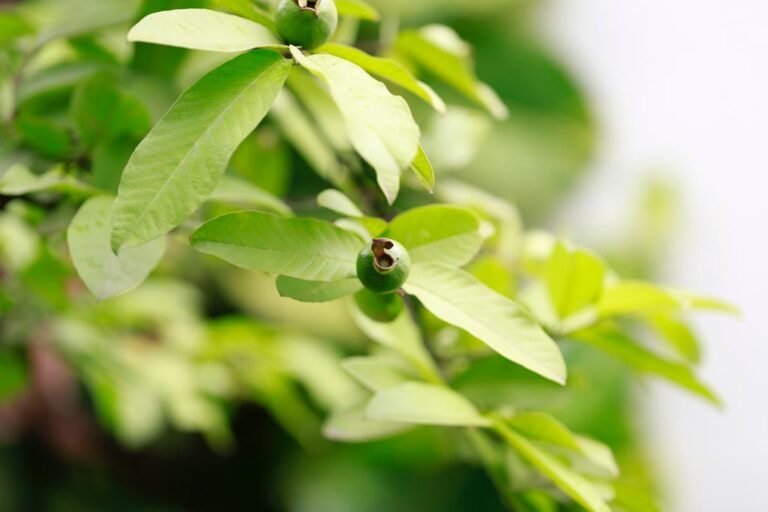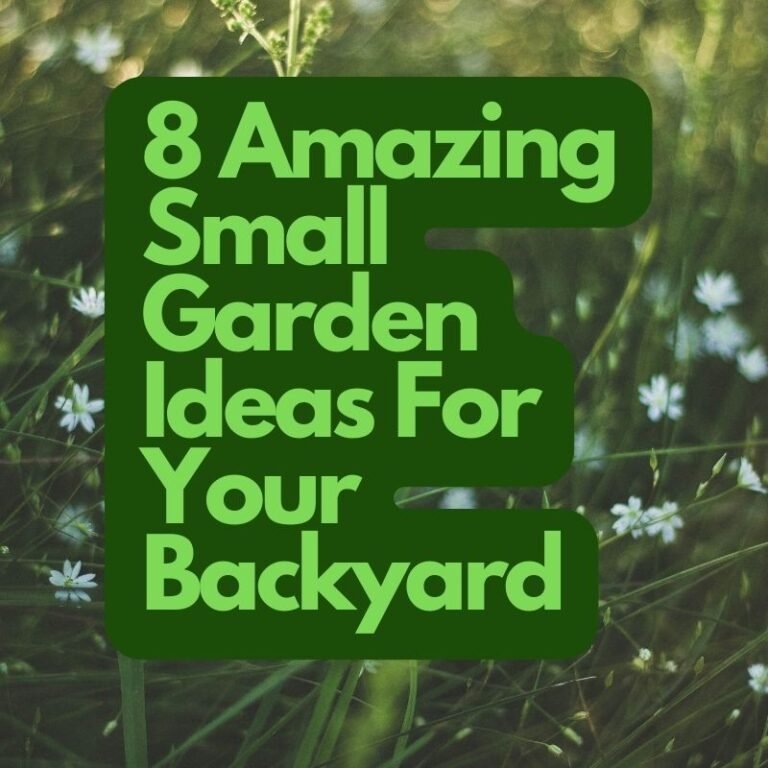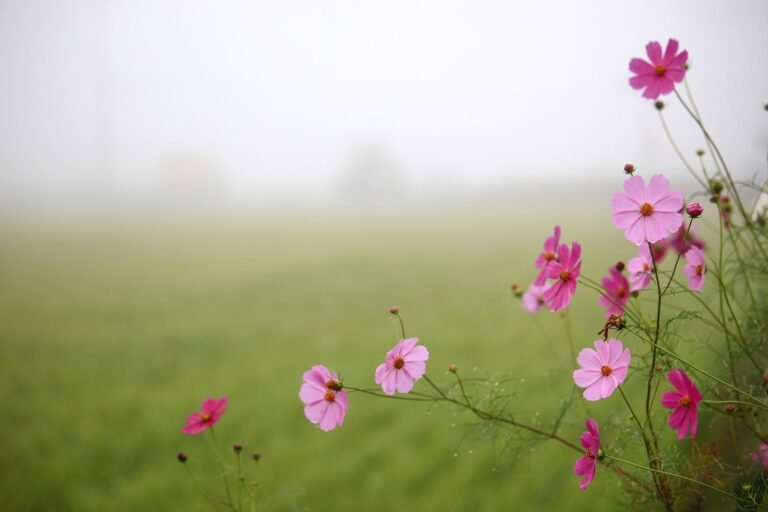Table of Contents
Artichokes in Containers
Artichokes, scientifically known as Cynara scolymus, are perennial thistle plants, primarily cultivated for their edible buds. Originating from the Mediterranean region, artichokes have been widely appreciated for their unique flavor and nutritional profile. They are a staple in various cuisines. Italian and French cooking feature them prominently. They are often grilled, steamed, or used in salads. Their mild, nutty taste and tender texture make them a favorite ingredient in dishes ranging from pastas to dips.
Nutritionally, artichokes are packed with health benefits. They are low in calories yet rich in dietary fiber, which aids in digestion and promotes a feeling of fullness. Artichokes are also a source of antioxidants, vitamins C and K, and minerals such as magnesium and potassium. These nutritional components contribute to their reputation as a superfood, offering support in managing cholesterol levels and improving liver health.
A growing trend among urban gardeners and individuals with limited outdoor space is the cultivation of artichokes in containers. This method provides an opportunity to grow these fascinating vegetables in smaller areas. It also enhances accessibility. Thus, gardening becomes more inclusive. By using pots or containers, enthusiasts can easily manage soil quality. They can also control watering and pest management. This results in healthier plants and higher yields. Additionally, growing artichokes in containers allows for mobility. Gardeners can move their plants to improve sunlight exposure. They can also protect them from inclement weather.

As we delve deeper into the practicalities of cultivating artichokes in containers, the following sections will explore essential tips. We will discuss techniques to ensure successful growth, regardless of the growing environment.
Choosing the Right Container
When it comes to successfully growing artichokes in containers, selecting the appropriate container type is paramount. The right container not only supports the growth of the artichoke plant but also ensures healthy development by providing adequate space and resources. Start by considering the size of the container. The recommended minimum depth is 12 to 18 inches. This depth is crucial as artichokes are perennial plants with extensive root systems that require ample space to thrive.
In terms of material, containers made from materials like ceramic, plastic, or wood are all suitable options for growing artichokes in containers. However, it is essential to choose a material with sufficient insulation properties to protect the roots from extreme temperature fluctuations. Additionally, certain materials, such as terracotta, can provide excellent breathability for the roots but may dry out quickly, which requires more regular watering.
Drainage is another vital factor when selecting containers for artichokes. Proper drainage holes must be present at the bottom of the container to prevent water accumulation, which can lead to root rot—a common issue for artichokes grown in unsuitable conditions. If the container lacks adequate drainage, consider adding a layer of gravel or small stones at the base before filling it with the potting mix. This layer facilitates water flow and helps maintain a healthy balance of moisture in the soil. Ultimately, whether opting for a larger pot or a series of smaller containers, ensuring that they meet these criteria will significantly contribute to the successful cultivation of artichokes in containers.
Selecting the Ideal Artichoke Varieties for Containers
When growing artichokes in containers, selecting the right variety is essential for a successful harvest. The three primary types of artichokes suitable for container gardening are green globe, purple, and perennial varieties. Each type has distinct characteristics that cater to different climates, growth habits, and flavor profiles.
The green globe artichoke is one of the most popular varieties for both home gardens and commercial production. It grows to a manageable size, making it an ideal candidate for container cultivation. Green globe artichokes have a mild, delicate flavor, which makes them versatile in various culinary applications. These plants thrive in areas with mild winters and warm summers, typically requiring approximately 6 to 8 hours of sunlight daily to produce quality buds.
Purple artichokes, particularly the ‘Violetto’ variety, add an aesthetic appeal to container gardening with their striking color and unique flavor. They tend to be smaller and more compact than the green globe, making them suitable for limited spaces. Purple artichokes are often appreciated for their tender texture and distinct taste, which can enhance gourmet dishes. Gardeners in warmer climates will find that these varieties do particularly well, as they enjoy longer growing seasons.
Perennial artichokes, such as the ‘Jerusalem’ variety, offer the advantage of returning each year without the need for replanting. These plants can grow quite large, which may limit their container options. However, they are hardy and can adapt to a range of climates, particularly in regions where winters are not extreme. The flavor of perennial artichokes is often described as nutty and robust, appealing to those who enjoy a stronger taste.
In choosing the right variety for growing artichokes in containers, consider your local climate, the available space, and personal flavor preferences. Each type offers unique benefits, enabling gardeners to enjoy artichokes even in limited spaces.
Soil and Fertilization Requirements
To successfully grow artichokes in containers, it is crucial to begin with the right soil composition. Artichokes thrive in well-draining environments, which prevents water accumulation around the roots that can lead to rot. A mixture specifically designed for container gardening, which typically includes components like peat moss, perlite, and compost, is ideal for these plants. The peat moss contributes to moisture retention, while the perlite enhances drainage, creating an optimal growing medium that encourages healthy root development.
When selecting potting mixes, ensure that it is light and fluffy. This allows for proper aeration and encourages the establishment of robust root systems. Incorporating organic matter such as well-rotted manure or leaf mold can enrich the soil, providing essential nutrients that artichokes require. A pH level between 6.0 to 7.0 is preferable for artichokes in containers, making it beneficial to check your soil’s pH and amend it as necessary.
Fertilization plays a vital role in maintaining vigorous growth in artichokes. Utilizing a balanced, slow-release fertilizer during the growing season will help supply the necessary nutrients without the risk of over-fertilization. This helps promote healthy foliage and flower development. Organic options, such as compost or fish emulsion, are highly regarded among gardeners for their ability to nourish plants while improving soil structure. On the other hand, synthetic fertilizers are effective for a quick nutrient boost. It’s advisable to follow the manufacturer’s instructions when using these products to avoid damaging the plants.
In conclusion, the soil and fertilization requirements are critical components for growing artichokes in containers successfully. By ensuring the correct soil composition and employing appropriate fertilization practices, gardeners can enjoy bountiful yields while keeping their artichoke plants healthy and vigorous.
Planting Artichokes: Step-by-Step Guide
Growing artichokes in containers begins with selecting the appropriate time for planting, which significantly affects the success of the endeavor. In most regions, artichokes are best planted in the spring after the last frost has passed. For areas with mild winters, a fall planting is also an option, allowing the plants to establish themselves before winter. It is crucial to choose healthy seeds or seedlings, as this will lay the foundation for a fruitful harvest.
When sowing seeds directly into containers, ensure that the container is at least 12 inches deep and 18 inches wide to accommodate the artichoke’s root system. Fill the container with a high-quality potting mix, which provides adequate drainage and nutrients. Sow the seeds approximately 1 inch deep, spacing them around 2 feet apart if planting multiple seeds in one container. This spacing is important to prevent overcrowding, which can hinder growth and thwart the plant’s development.
If opting for transplanting seedlings that have been started indoors or purchased from a nursery, handle them with care to minimize transplant shock. Gently remove each seedling from its initial container, avoiding any damage to the roots. Create a hole in the potting mix of the larger container, ensuring it is deep enough to accommodate the entire root structure. Place the seedling in the hole, filling in around it with potting mix to eliminate any air pockets, and water thoroughly after transplanting.
Once the artichokes in containers are planted, provide them with adequate sunlight, aiming for at least six hours of direct sunlight per day. Regular watering is also essential, particularly during dry spells, but be careful not to overwater, as this can lead to root rot. Following these planting guidelines will establish a robust growth environment for your artichokes.
Caring for Your Container-Grown Artichokes
Caring for artichokes in containers requires attention to various essential factors that contribute to the plant’s overall health and productivity. Proper watering strategies play a crucial role in this process, as artichokes thrive in consistently moist but well-drained soil. It is advisable to check the soil moisture regularly, ensuring that it does not dry out completely between watering sessions. A good practice is to water deeply once the top inch of soil feels dry, allowing the roots to absorb moisture effectively. Over-watering should be avoided to prevent root rot, which can adversely affect your artichokes.
Pest management is another vital aspect of growing artichokes in containers. Regularly inspect your plants for common pests such as aphids, snails, and spider mites. If detected, manually removing these pests or using insecticidal soap can effectively mitigate their populations without harming the plant. Additionally, introducing beneficial insects like ladybugs can help keep harmful pests at bay. Providing adequate airflow around your containers can also deter pest infestations and promote a healthier growing environment.
Furthermore, monitoring for signs of disease is critical for maintaining the vigor of container-grown artichokes. Root rot, powdery mildew, and fungal infections can pose significant threats. To prevent these issues, ensure that your containers have good drainage holes and avoid overcrowding plants, which can lead to increased humidity levels conducive to disease. If any symptoms arise, promptly removing affected foliage and applying appropriate fungicides can help control outbreaks. By implementing these care strategies, you can enhance the health of your artichokes in containers, fostering a lush, productive growth season.
Harvesting Artichokes: When and How
Harvesting artichokes in containers is a rewarding process that requires attention to timing and technique. The optimal time to harvest these vegetables typically occurs when the buds reach a diameter of 3 to 5 inches. Timing is crucial; if left too long, the buds will start to bloom, producing beautiful but inedible flowers. Generally, artichokes are ready for picking between late spring and early summer, depending on the growing conditions and climate. It’s essential to keep a close eye on the buds as they mature to ensure they are harvested at their peak.
To properly identify the right size for harvesting, consider the texture and firmness of the buds. They should feel solid to the touch and display tightly packed scales. If the scales begin to spread or the tips start to show hair-like projections, it is an indication that the artichokes are past their prime and may not provide the best flavor. Regular checking of the plants is advisable during the harvesting season to catch them at the perfect moment.
When it comes to cutting artichokes from the plant, a sharp knife is your best tool. Position the knife about an inch below the bud and make a clean cut to minimize damage to the plant. This cutting technique encourages continued growth and enhances productivity, allowing for multiple harvests throughout the season. After harvesting, it is beneficial to make note of the conditions and health of the remaining plants. Watering adequately and applying appropriate fertilizers will support ongoing growth and the development of new buds.
In conclusion, successful harvesting of artichokes in containers relies heavily on recognizing the right time for picking, understanding the ideal size, and employing proper cutting techniques. With diligence and care, gardeners can enjoy a bountiful supply of these rewarding crops.
Winterizing Container Artichokes
Preparing artichokes in containers for winter requires careful attention to their specific needs, as these plants are not frost-resistant. During the colder months, their growth can be significantly affected by low temperatures, making winterization essential for survival. First, it is crucial to assess the local climate; understanding the average temperatures and the likelihood of frost will guide your winterizing strategies.
One effective method to protect artichokes in containers is to move them indoors or to a sheltered area, such as a garage or greenhouse. This won’t only shield the plants from frost but will also provide a more stable temperature. When transitioning artichokes indoors, it is important to ensure they still receive adequate light, which may require supplemental grow lights depending on the space’s illumination.
If relocating the containers is not feasible, consider using frost cloths or burlap to insulate the plants. These materials can help maintain an optimal temperature around the plants and protect them from extreme cold conditions. Additionally, applying a layer of mulch on top of the soil can help regulate the temperature in the container, preventing the roots from freezing. Furthermore, be sure to thoroughly water your artichokes before the weather changes, as well-hydrated plants are generally better equipped to withstand stress from cold temperatures.
In regions with particularly harsh winters, it might be necessary to store the containers in a cool but frost-free area. Before storage, trimming back the foliage can reduce the plant’s energy requirements during dormancy. Maintaining the health of your artichokes during the winter months ensures that these perennial plants can thrive and provide bountiful harvests in the spring. Taking these steps will contribute significantly to successful artichoke cultivation in containers year after year.
Conclusion and Final Thoughts
Growing artichokes in containers offers a practical and rewarding gardening experience, particularly for those with limited outdoor space. Throughout this guide, we have explored the essential steps to cultivate these unique and delicious vegetables, from selecting the right container to understanding the specific care requirements of artichokes. Container gardening not only allows for the enjoyment of gardening in urban settings but also provides a fruitful yield in smaller areas, making it an excellent option for novice and experienced gardeners alike.
The key to successfully growing artichokes in containers lies in proper planning and execution. It is essential to choose a sufficiently large pot that provides ample room for the roots to expand, as artichokes can grow quite large. Selecting the right soil, ensuring adequate drainage, and maintaining appropriate watering and sunlight conditions are vital aspects that contribute to the healthy growth of these plants. Additionally, artichokes are known for their striking appearance, adding an aesthetic value to patios, balconies, or small gardens.
By incorporating these considerations into your container gardening practices, you can enjoy the fruits of your labor by harvesting your own artichokes at home. This experience not only enhances your culinary repertoire but also fosters a deeper connection with nature. As you reflect on the tips provided in this guide, we encourage you to start your journey with artichokes in containers. Embrace the opportunity to cultivate this extraordinary vegetable and witness the satisfaction of growing your own food, no matter the constraints of your living space.
Discover more from Gardening with Ecorganicas: Your Source for Organic Gardening Tips
Subscribe to get the latest posts sent to your email.








